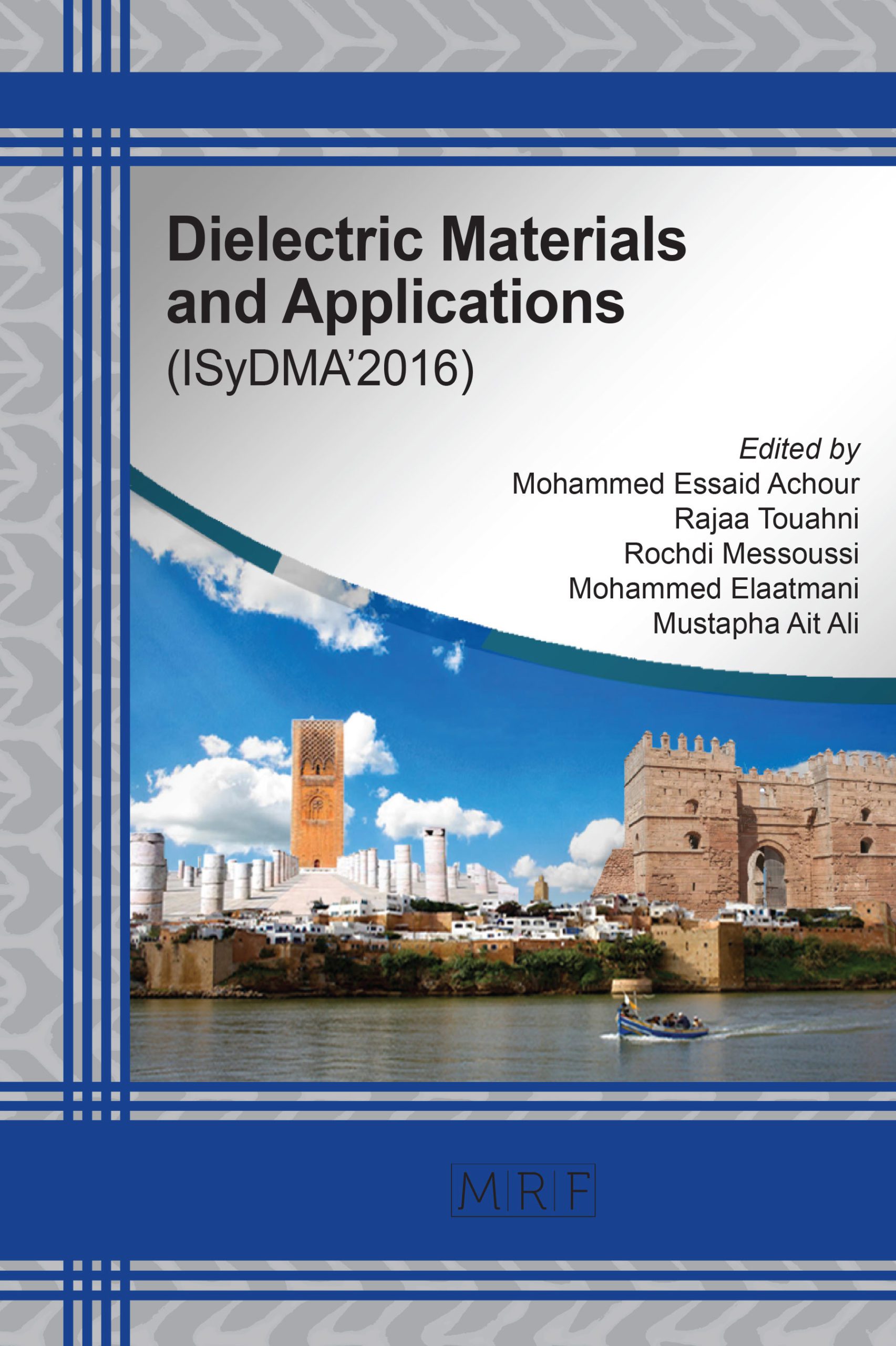Y. BERRICHI, K. GHAFFOUR
Abstract. This work is devoted to the simulation of electrical characteristics of the InP/InGaAs double heterojunction bipolar transistor (DHBT) NPN type, the essential aim for extracting the maximum and transition frequencies are important indicators for the use of the component in the microwave. InP/InGaAs DHBTs with surface of 0.25×0.73 µm2, the simulation of this structure has demonstrated a maximum current gain cutoff frequency fT of 900 GHz, with a simultaneous maximum power gain cutoff frequency fMAX of 500 GHz at the current density Jc of 66 m A̸µm. tapical BVCE values exceed 1.9 V.
Keywords
Transistor, HBT, InP/InGaAs, NPN, Heterojunction, Microwave
Published online 12/10/2016, 4 pages
Copyright © 2016 by the author(s)
Published under license by Materials Research Forum LLC., Millersville PA, USA
Citation: Y. BERRICHI, K. GHAFFOUR, ‘Simulation of electrical properties of InP/InGaAs heterojunction bipolar transistors in microwave’, Materials Research Proceedings, Vol. 1, pp 67-70, 2016
DOI: http://dx.doi.org/10.21741/9781945291197-17
The article was published as article 17 of the book Dielectric Materials and Applications
References
[1] Snodgrass W, Hafez W, Harff N, Feng M. Pseudomorphic heterojunction bipolar transistor (PHBTs) experimentally demonstrating ft=765 GHz at 25°C increasing to ft=845 GHz at -55°C. Présenté au IEDM (IEEE), 2006.
[2] S. Lee, H.J.Karim, M.Urteaga, S. Krishnan, Y. Wei, M. Dahlstrom and M. Rodwell, transferred-substrate InP- InGaAs- InP double Heterojunction Bipolar Transistors With fMAX of 425GHz, Electronic latters 2001.
[3] Lobisser E, Griffith Z, Jain Z, Thibeault BJ, Rodwell M. 200-nm InGaAs/InP DHBT employing a dual sidewall emitter process demonstracting fmax˃800GHz and fT˃360GHz. Presented at IEEE Proc. Indium Phosphide and Related Materials, pp. 16-19, 2009.
[4] Snodgrass W, Freng M. Nano-scale type II InP/InGaAs DHBTs to reach THz cutoff frequencies. Presenté au CS MANTECH Conference, 2008.































